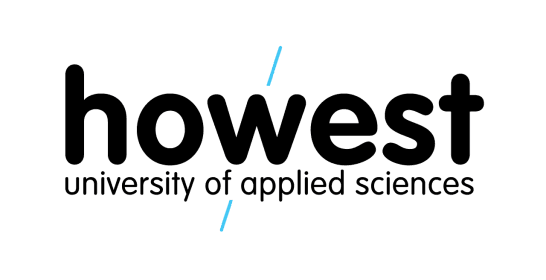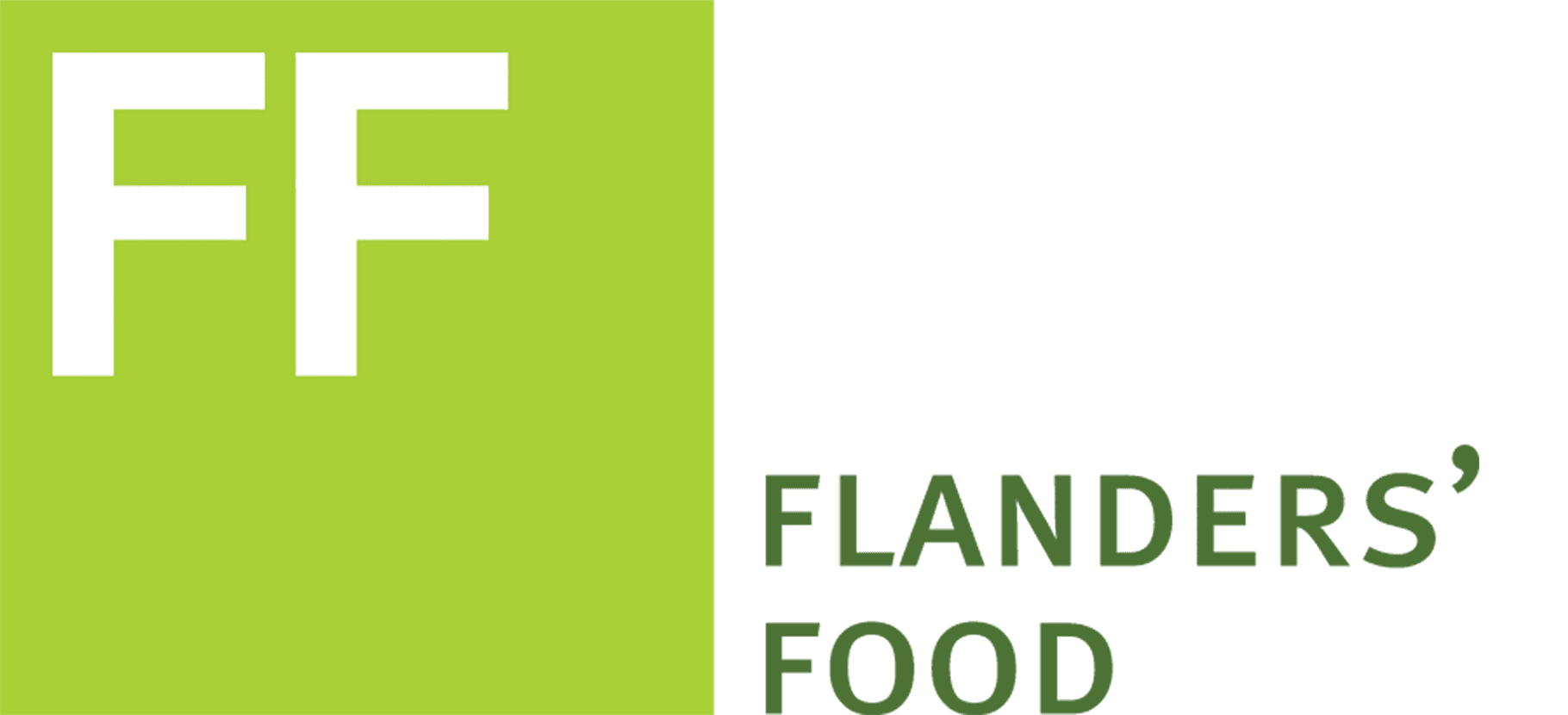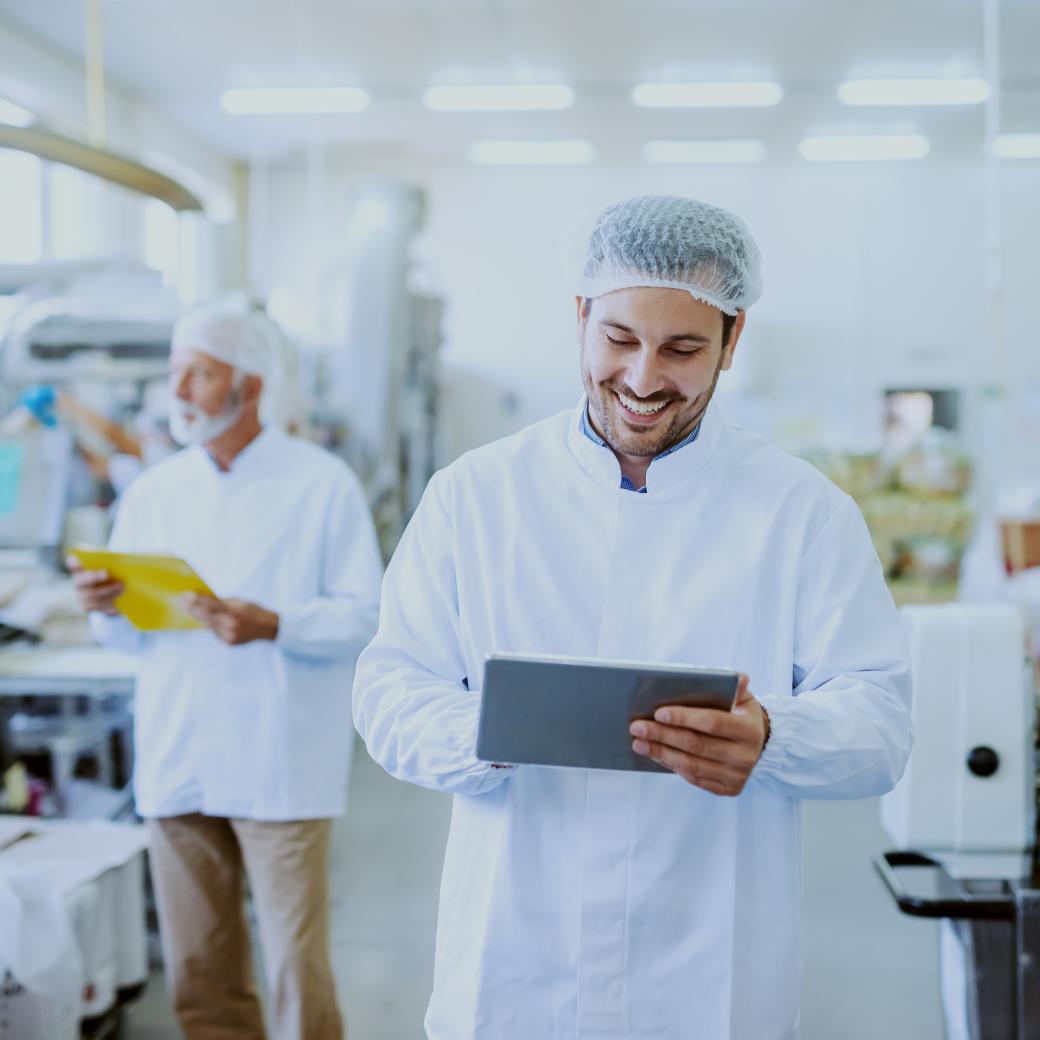Proeftuin ind. 4.0: AR/MR support

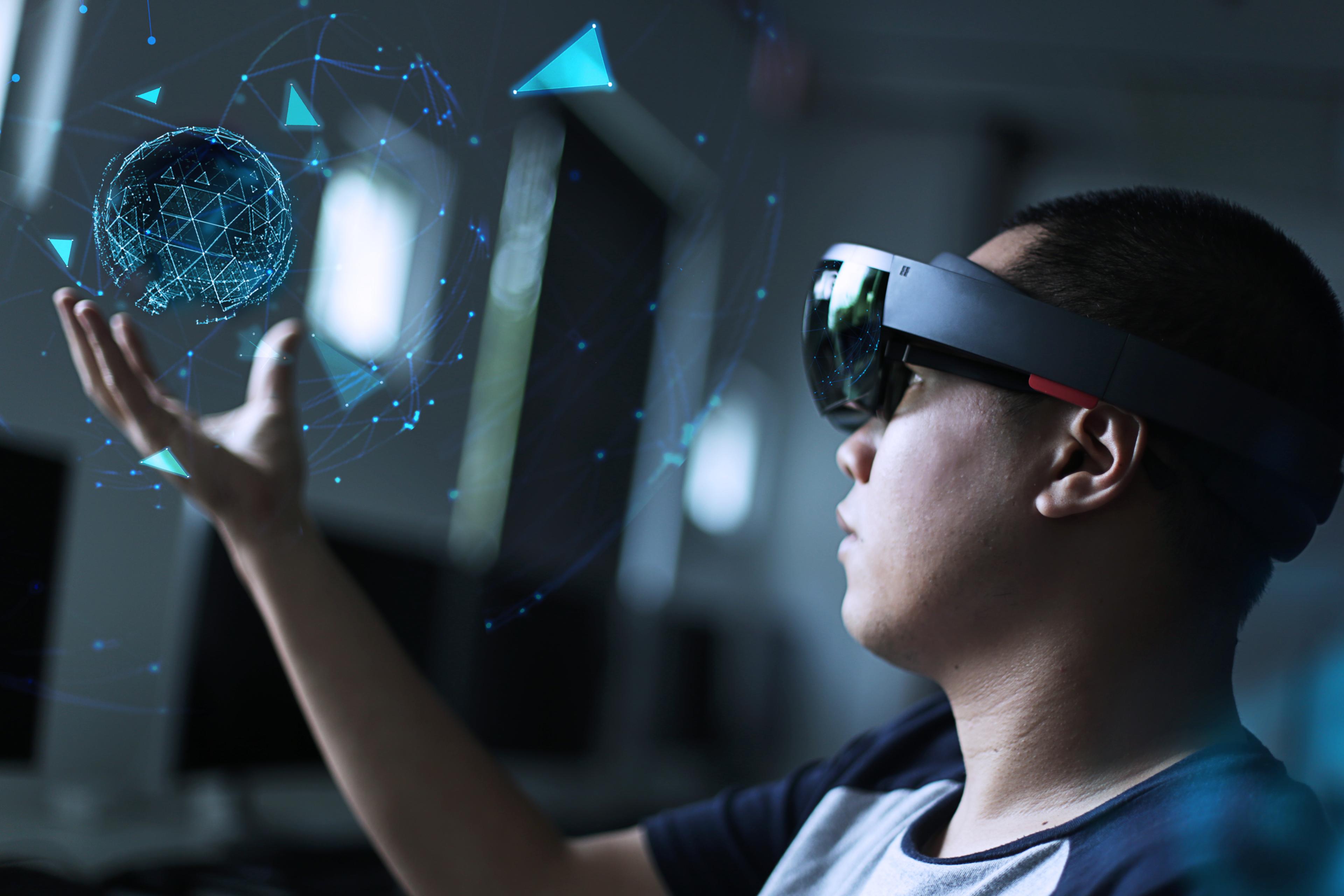
Augmented and mixed reality support for lab technicians, operators and maintenance technicians
Why this project?
There is currently an increasing demand for more complex personalised products, which also makes the production process more difficult. There are still many manual processes in the food industry and the more complex processes mean employees are confronted with a great deal of information. As a consequence, the cognitive stress is increased, and employees must often refer back to paper documents and task descriptions. For example, due to the increasing complexity and variability it is impossible for a maintenance technician to remember all of the detailed information for all of the machines in the factory. This information is then (often) only available in paper documents, which means training new employees is very time consuming.
In the manufacturing industry, using digital work instructions on screens or tablets for assembly operators has been shown to lead to up to 20% more efficiency, shorter training times and up to 50% fewer errors. These solutions are less suitable in production environments where stops are not possible, and the operator must remain focused on the job.
A solution for this is the recent development in the hardware and software available for Augmented and Mixed Reality (AR and MR) applications. Because the instructions are at the same place as the task, the operator does not need to switch focus, so this technology can be used in a production process.
Research approach
With the AR/MR living lab, we want to create a framework for applying Augmented and Mixed Reality (AR/MR) in very diverse production and laboratory related tasks. Specifically, we want to obtain this objective by:
- Carrying out a market analysis & research to find out the possibilities for AR/MR systems and to make this technology easily accessible.
- Setting up three demonstrators for the biotechnology/pharmaceutical, manufacturing and food industries. Specific requirements for industry work fields must be considered.
- Making the living lab well known and disseminating insights. Advice, coaching and training for implementation will be provided.
- Setting up a contact function that is responsible for translations between the questions and demands in the work field and the knowledge of the technical partners.
Target group and expected results
The living lab is geared towards various sectors in Flanders that have a very specific environment. The main target groups we want to reach with this living lab are:
- Biotechnology/ Pharmaceutical industry
- Agro-food industry
- Manufacturing
- Technology providers
Flanders’ FOOD represents the agro-food industry in the living lab. Food companies are currently taking their first steps towards Industry 4.0 and the food factory of the future. The complexity and variability of processes allows Augmented and Mixed Reality to provide support to employees. With the help of the living lab, we want to ensure that companies are informed, inspired and coached. We want to obtain this by gathering the AR and MR systems on the market and showing what the possible applications can be in the food industry. Advice for choosing the right system for your specific needs is also possible.
Lastly, this living lab can be a stepping stone for further research. This will ultimately lead to various benefits for businesses. A lower level of cognitive strain could be obtained, and higher efficiency achieved.
Project partners
Hasselt University manages and coordinates the project. The new practical cases will be demonstrated by the following research partners:
- The Expertise centre for Digital Media (EDM) from Hasselt University, under the supervision of Prof. Fabian Di Fiore.
- ProductionS from Flanders Make, under the supervision of
- Digital Arts and Entertainment Research from Howest, under the supervision of Steven
The cases will be carried out for three actual cases with the following organisations representing the specific sector:
- Agro-food industry represented by Flanders’ FOOD
- Biotechnology/pharmaceutical sector represented by Bioville
- Manufacturing represented by Flanders Make
Vervolgacties
In navolging van het project richtte UHasselt-EDM samen met Hogeschool PXL, Hogeschool UCLL, LUCA School of Arts en POM Limburg het XR-Huis – XR-Huis (xrhuis.be) op om de innovatie- en concurrentiekracht van Limburgse bedrijven te verhogen door hen te stimuleren om meer gebruik te maken van XR-technologieën (VR/AR/MR, Serious gaming, wearables en sensoren) in hun bedrijfsvoering.
Contactpersoon
Artikels
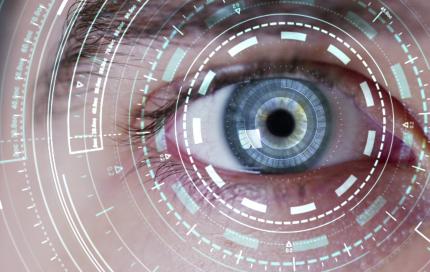
Précon Food Consultants brengen VR, AR en MR mee naar de praktijk
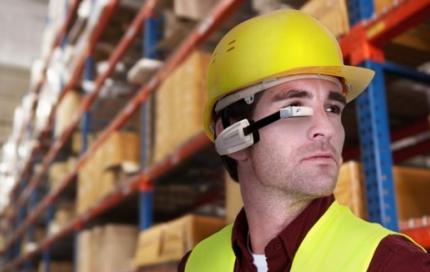
Alles loopt op wieltjes in ‘t fabriek dankzij...

From apple tree to innovation: meet B3ET

